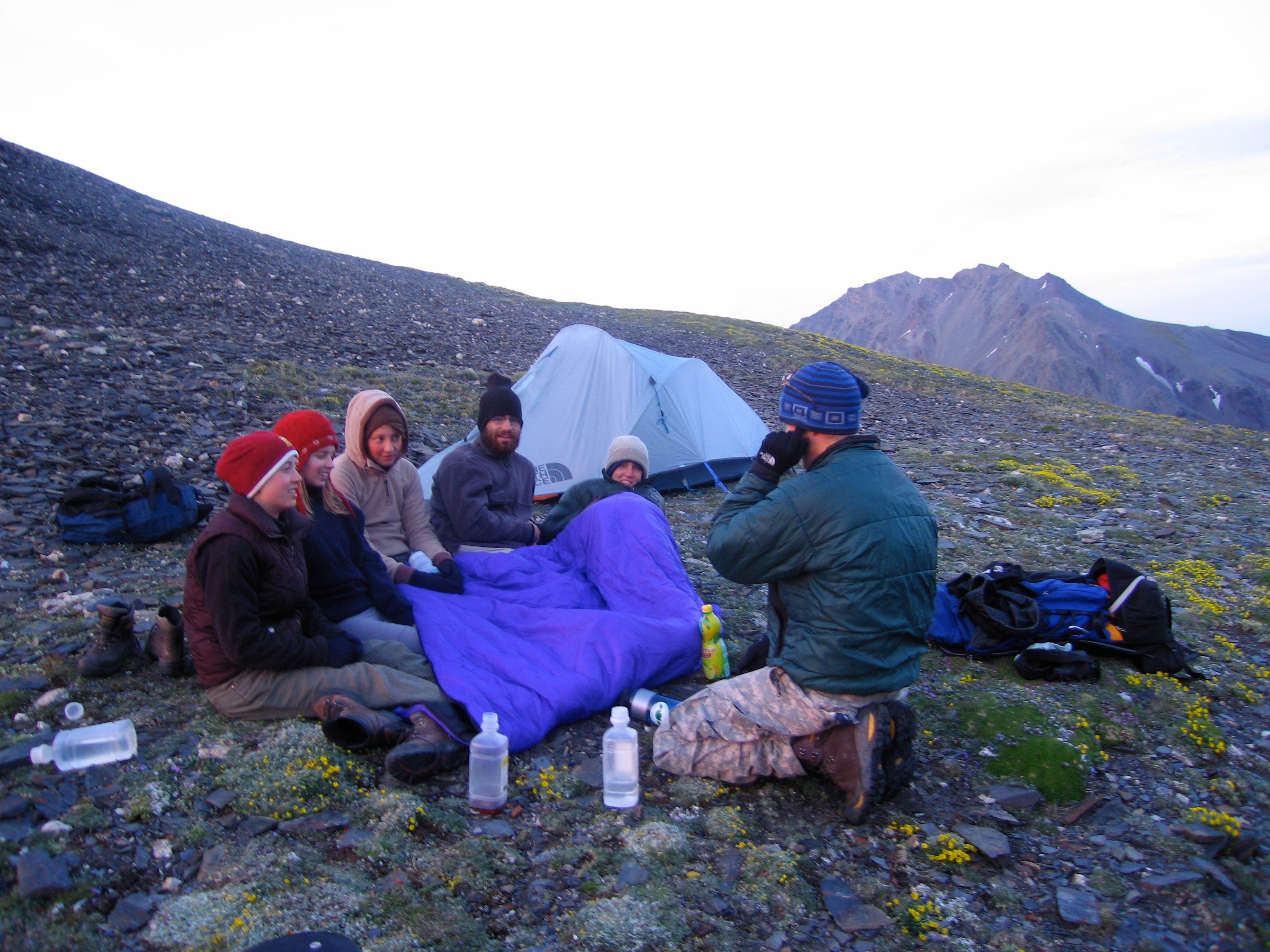Overview:
Our research group believes that one of the major roles of scientists and academics in general is to communicate to the general public the outcomes of our research and its relevance, contribute to efforts to increase diversity in science/academia, and provide citizens with the opportunity to contribute to our scientific research projects. To this aim, we carry out a variety of public engagement activities (“outreach”) both at the University of Michigan, in Ann Arbor, and at our field site in the Yukon.
Communication of Research Outcomes:
The outcomes of our research are public and we aim to be “open access” in every way possible. We give public presentations of our research to the rural community surrounding our research sites in the Yukon, provide venue for discussion of our research projects on Twitter (@ben_dantzer, @KluaneSquirrels), write blog posts to discuss some of the applications of our research (see here for an example), and give other presentations when possible.
Increasing Diversity, Equity, & Inclusion in Science and Academia:
Nearly every child starts out being fascinated by the natural world and carrying out their own experiments to understand how the world works (e.g., tasting everything that they can get their hands on!). In the years that follow, there is a winnowing process that continues to occur up the chain of advancement in academia. At the end of this chain, there is generally little diversity in many different variations of the definition of diversity.
Diversity is important in science and academia because different experiences provide new ideas and perspectives. For an easy read describing the importance of diversity in academia and all endeavors, see here. There are lots of very good ideas of how to increase justice, equity, inclusion, and diversity (JEDI) in science and academia. One way is to provide educational activities to younger students from underrepresented groups. Currently, we provide opportunities for elementary and middle-school students from the rural area (Haines Junction) near our field site in the Yukon to come out and visit our field research project and learn about what we are doing and why we are doing it. These students normally do not have any opportunity to participate in the scientific process even though they live in such a biologically rich area.
We also participate in the Mentoring Youth and Early Leaders in Neuroscience (MYELIN) that is organized by graduate students in the Department of Psychology at the University of Michigan. MYELIN visits community centers run by the Community Action Network that maintains three low income housing centers in Ann Arbor. These housing centers provide housing to >365 Ann Arbor families that live at or below poverty level. We provide K-12 students from minority and low income backgrounds at these community centers with access to interactive science activities that we develop and lead. Both graduate students and faculty participate in these activities after school hours. We are currently expanding MYELIN to service two additional community centers to service more minority and low income students in Ann Arbor in addition to developing a summer research program for high school students participating in MYELIN.
We also participate in the Michigan Math and Science Scholars program at the University of Michigan, which is a summer enrichment program for high school students interested in mathematics and scientific research. We contribute by providing lectures on various topics in hormones and behavior. We also provide the students with access to the Core Assay Facility at the University of Michigan so that they can learn basic laboratory techniques and carry out their own research project about human endocrinology.
Finally, we volunteer and help coach science olympiad teams for the Washtenaw Elementary Science Olympiad.
Citizen Science:
We are developing a citizen science project focused on understanding how tree squirrels on college campuses differ in their behavior and physiology from those same-species counterparts living in more rural areas. This involves soliciting pictures of individual squirrels on the University of Michigan campus through Twitter (tweet us your pictures of squirrels @UMichSquirrels). We will use these pictures to identify individuals and quantify their spatial distribution and behavioral activities. We are also developing a new interactive museum exhibit at the University of Michigan Museum of Zoology about this citizen science project.

